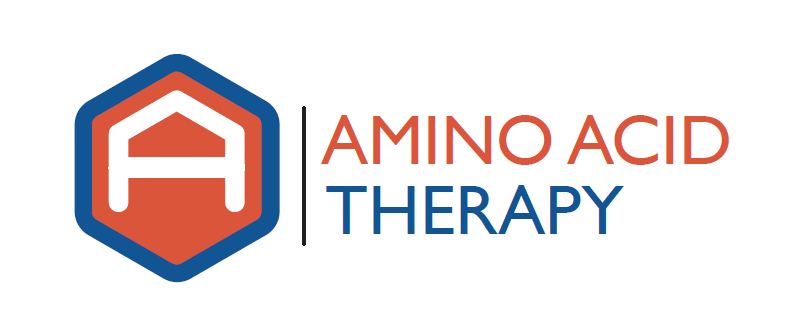The underlying biochemistry of neurotransmitter imbalances is pretty complex. Likewise, the use of amino acid therapy to correct those imbalances is also not very straightforward. However, in this three part series I will attempt to outline a simple overview of what is happening behind the scenes and why amino acid therapy can help correct the underlying neurotransmitter imbalances that can underlie many conditions.
Behind the scenes
When most people, including most health care professionals think about symptoms associated with neurotransmitter imbalance(s) they think that levels of this or that neurotransmitter are simply too low. In this way of thinking, all that is needed is to raise the levels of neurotransmitter in the synapse; therefore, they take an SSRI, SNRI or other medication to shuffle around neurotransmitters. Some even attempt to raise the neurotransmitter levels by taking amino acid precursors such as 5-HTP or L-tyrosine. This approach may work for a few and/or for a short period of time, but the dismal long-term success of both of these approaches attests to the error in this way of thinking. The underlying cause of symptoms associated with neurotransmitter imbalance in the vast majority of cases isn’t low synaptic levels of serotonin or dopamine; it is damage to the post-synaptic neurons.
Damage to the Post-Synaptic neurons
Damage to the post-synaptic neurons can be due to many things, including neurotoxins, trauma, certain medications and drugs and genetic predisposition, amongst other things. In order to compensate for the decreased electrical flow due to this damage, neurotransmitter levels must be established that are higher than normal. In order for this to occur, serotonin and dopamine precursors must be administered in the proper balance (for each individual) or depletion/further imbalance can occur, as shown in the following illustration.
Illustration taken from Marty Hinz, MD with permission.
Part 2 of this series will explain how to overcome post-synaptic damage.


